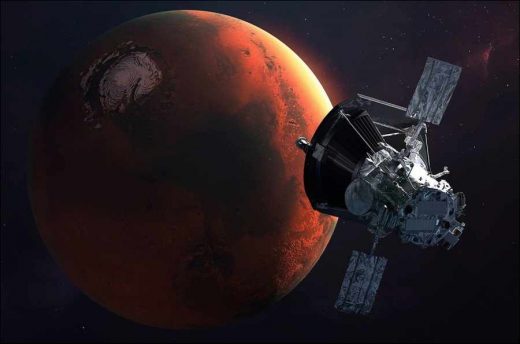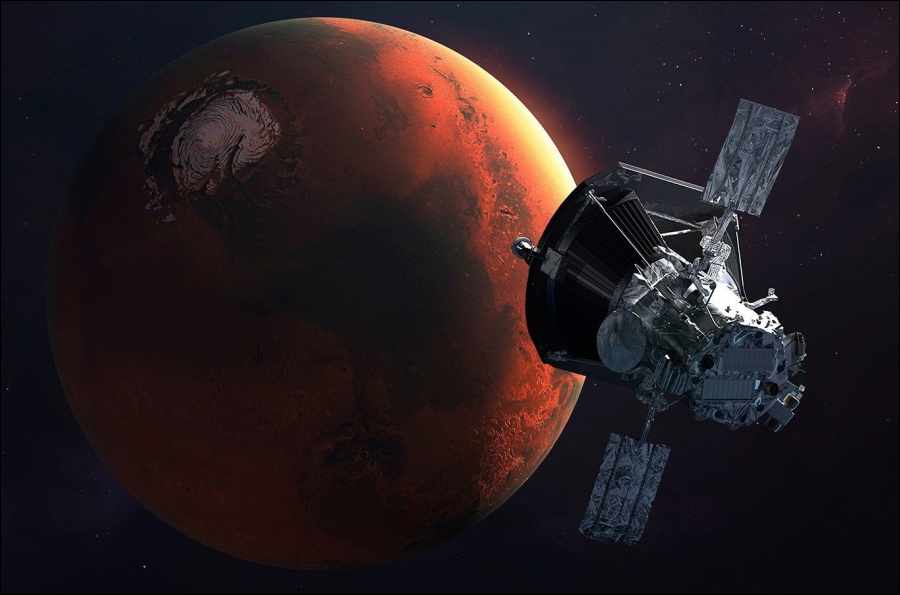Receiving Messenger messages via Mars inteernet. While some researchers are trying to improve satellite security and bandwidth, some researchers are trying to create an interplanetary internet. The problems to be solved are in many ways the same as those faced by ISS personnel; but these problems vary in scale.
For example, depending on Mars’ position relative to Earth, it takes between 3 and 22 minutes for a signal to reach the red planet. This is much more than the half-second delay on the International Space Station. In addition, direct communication between Mars and Earth is interrupted for two weeks every two years as the Sun moves between the two planets, blocking signals.
The space internet also has some unique features. All nodes of the network are in constant motion. Since internet technologies on earth do not work under these conditions, scientists are developing alternative arrangements to provide communication between the Earth, the Moon, Mars and other planets. These regulations are mostly based on:
Data transfer protocols, such as NASA’s Delay/Disruption Tolerant Network (DTN), are designed to handle long delays, high error rates, and frequent inaccessibility of nodes. According to this model, intermediary nodes (e.g. satellites) store previous data until they are able to transmit the next data.
Using optical data transfer technologies (e.g. laser) instead of current radio-based satellite communications. First, it offers several times the bandwidth of optical communications. Second, optical transmitters and receivers are more compact and require less energy, which is critical in all relay satellites.
Satellite arrangements can send signals even if Earth and Mars (or other planets connected to the space internet) are on opposite sides of the Sun.
Views: 295





